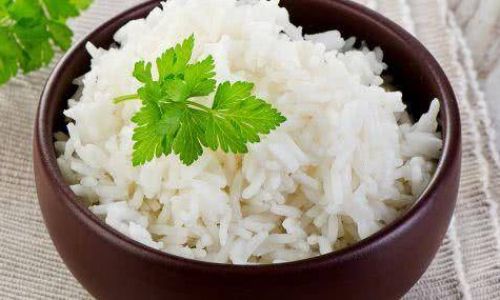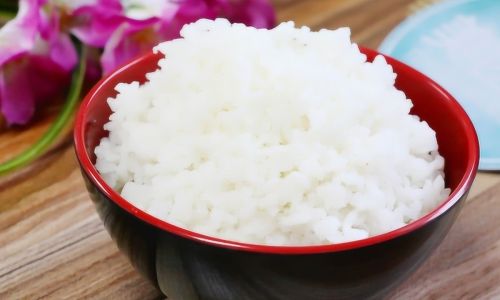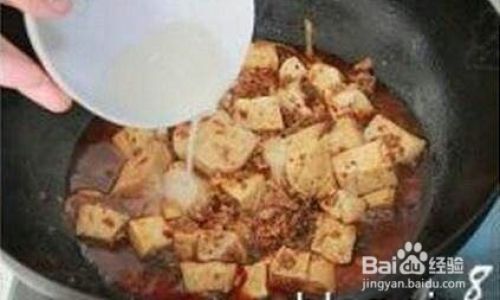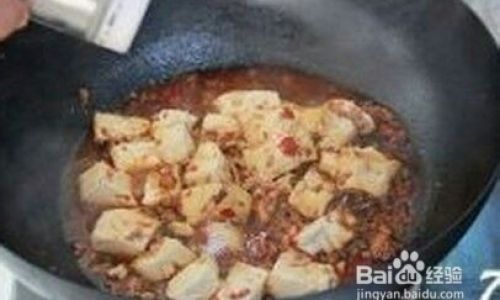Introduction

Steaming rice, a culinary staple across numerous cultures and cuisines, is an art form that transcends basic cooking techniques. From the fragrant aroma that fills the kitchen to the satisfying texture under your fork, perfectly steamed rice can elevate any meal from ordinary to extraordinary. Whether you’re preparing a simple family dinner or crafting an elaborate multi-course feast, mastering the art of steaming rice is a skill worth acquiring. This comprehensive guide will walk you through the entire process, from selecting the right type of rice to achieving the perfect consistency, ensuring that every grain is cooked to perfection.
Chapter 1: Understanding Rice Varieties
Before diving into the steaming process, it’s crucial to understand the different types of rice available and their unique characteristics. Each variety responds differently to heat and water, influencing the final texture and flavor.
-
Long-Grain Rice: Known for its slender shape and separation after cooking, long-grain rice is ideal for dishes like pilafs and fried rice. Varieties include basmati, jasmine, and American long-grain rice.
-
Medium-Grain Rice: With a shorter, slightly wider shape, medium-grain rice tends to stick together when cooked, making it perfect for dishes like risotto and sushi. Arborio rice, used in traditional Italian risotto, and Calrose rice, popular in Asian cuisines, fall into this category.
-
Short-Grain Rice: The shortest and widest of the rice grains, short-grain rice becomes very sticky and dense when cooked, making it ideal for making mochi and traditional Japanese dishes like sushi and onigiri.
-
Wild Rice: Though not technically a rice but a grass seed, wild rice has a nutty flavor and chewy texture, often used in stuffing and salads.
-
Brown Rice: Unlike white rice, which is polished to remove the bran and germ, brown rice retains these nutritious layers, giving it a nutty taste and chewier texture. It takes longer to cook than white rice.
-
Glutinous Rice: Also known as sticky rice or sweet rice, this variety is high in starch and becomes extremely sticky when cooked, making it perfect for desserts and sticky rice dishes.
Chapter 2: Preparing Your Rice
Once you’ve chosen your rice, the next step is to prepare it for steaming. Proper preparation ensures even cooking and enhances the final taste and texture.
-
Rinsing: Rinsing rice removes excess starch, which can make the cooked rice sticky and clumpy. Place the rice in a fine-mesh strainer and run cold water over it until the water runs clear. For brown rice, soaking it in water for 30 minutes to an hour before cooking can help soften the bran and shorten cooking time.
-
Measuring Water: The ratio of water to rice varies depending on the type of rice. For most long-grain and medium-grain white rices, a 2:1 water-to-rice ratio is standard. Brown rice and glutinous rice require more water, typically a 2.5:1 or even 3:1 ratio.
-
Soaking (Optional): While soaking is not necessary for all types of rice, it can be beneficial for certain varieties. Soaking can help brown rice cook more evenly and reduce the cooking time. For glutinous rice, soaking overnight can improve its stickiness.
Chapter 3: Choosing Your Equipment
The equipment you use for steaming rice can significantly impact the results. Here are some essential tools and considerations:
-
Rice Cooker: A rice cooker simplifies the process by automatically controlling the cooking temperature and keeping the rice warm after it’s done. They come with a measuring cup and a non-stick inner pot designed specifically for steaming rice.
-
Saucepan with Tight-Fitting Lid: If you don’t have a rice cooker, a heavy-bottomed saucepan with a tight-fitting lid is essential. The heavy bottom distributes heat evenly, while the lid traps steam, ensuring the rice cooks gently and uniformly.

-
Rice Steamer: A dedicated rice steamer is another option, offering precise temperature control and a steaming basket that keeps the rice separate from the boiling water, preventing it from becoming waterlogged.
-
Colander or Steamer Basket: For those who prefer the traditional steaming method over boiling, a colander or steamer basket placed over a pot of simmering water can be used.
Chapter 4: The Steaming Process
Now, let’s dive into the actual steaming process, broken down into clear, step-by-step instructions.
-
Bringing Water to a Boil: If you’re using a saucepan or pot, fill it with the measured water and bring it to a rolling boil. For a rice cooker, simply add the measured water to the inner pot.
-
Adding Rice: Once the water is boiling, add the rinsed and drained rice to the pot or rice cooker. Stir once gently to prevent sticking, then cover immediately with the lid.
-
Simmering: Reduce the heat to low or medium-low and let the rice simmer undisturbed. For most white rices, this will take around 15-20 minutes. Brown rice and glutinous rice may require 30-45 minutes. Avoid lifting the lid during this time, as it releases steam and can disrupt the cooking process.
-
Fluffing and Resting: Once the rice is cooked, turn off the heat and let it sit, covered, for an additional 10 minutes. This resting period allows the grains to absorb any remaining moisture and firm up, preventing them from becoming mushy. After resting, fluff the rice gently with a fork to separate the grains.
Chapter 5: Troubleshooting and Tips
Even the most seasoned cooks can encounter issues when steaming rice. Here are some common problems and solutions:
-
Sticky Rice: If your rice is too sticky, it may be due to too much water or not enough resting time. Adjust the water ratio and ensure the rice rests properly after cooking.
-
Crunchy Rice: Undercooked rice is usually a result of not enough water or too high cooking temperatures. Check your water-to-rice ratio and reduce the heat to a gentle simmer.
-
Mushy Rice: Mushy rice often happens when too much water is used or the rice is overcooked. Adjust the water ratio and be mindful of cooking time.
-
Burnt Rice on the Bottom: This can occur if the heat is too high or the pot is not heavy-bottomed, causing hot spots. Use a heavy-bottomed pot and reduce the heat once the rice starts simmering.
Conclusion
Steaming rice might seem like a straightforward task, but achieving perfection requires attention to detail and an understanding of the nuances of different rice varieties and cooking methods. By following the guidelines outlined in this guide, from selecting the right rice to mastering the steaming process, you’ll be well-equipped to produce fluffy, fragrant rice that complements any dish. Remember, practice makes perfect, and with each batch, you’ll gain a deeper understanding of this timeless culinary art. So, the next time you’re in the kitchen, don’t shy away from experimenting with different rice types and techniques. Happy steaming!





0 comments